Checking for Ovulation
Calendar Method
It is based on monitoring the duration of the menstrual cycle. If the cycles are regular, women ovulate 14 days prior to their next period, so this method can be used to calculate the time of ovulation. If the cycle varies too much, this method cannot be used. Sex is to be practiced 3-4 days before ovulation and 1-2 days after ovulation.
Basal Body Temperature Readings
Body temperature should be taken every day right after waking up in the morning at around the same time each day. In principle, a woman ovulates one day before the first rise in temperature measured around 0,5 degrees Celsius. Sex needs to be practiced 3-4 days prior and one day after the temperature rise is recorded. This method has mostly been abandoned because it gives unclear and difficult results to read. In addition, it represents great stress for the couple trying to conceive.

Monitoring Cervical Mucus (the Billings Method)
The vaginal discharge is sticky, wet, and clear at ovulation because it consists of large amounts of water. Sex is to be planned on days when the mucus is the stickiest.
LH Urine Test Strips
The strip will show a positive result, i.e., indicate the coming ovulation, when the levels of LH in the blood (which means in the urine, as well) start to surge. The egg is discharged 34-36 hours after the LH surge, so intercourse should be planned for immediately after the strip shows a positive result. The test needs to be taken every day. This method is unsuccessful in women with PCOS because their blood shows increased levels of LH, therefore always showing a positive result on LH urine strips.
Checking Progesterone Levels in Blood
Seven days after ovulation, progesterone levels in the blood will be typical of the luteal phase of a menstrual cycle. In a regular, 28-day, a progesterone blood test is usually taken on the 21st day of the cycle but can also be taken on other days, depending on the day of ovulation.
Ultrasound Follicle Monitoring
Gynecology clinics can monitor the growth of the follicle until it collapses using an ultrasound. Once ovulation occurs, the corpus luteum (yellow body) is seen, and the endometrium changes to secretory, which is proof of ovulation.
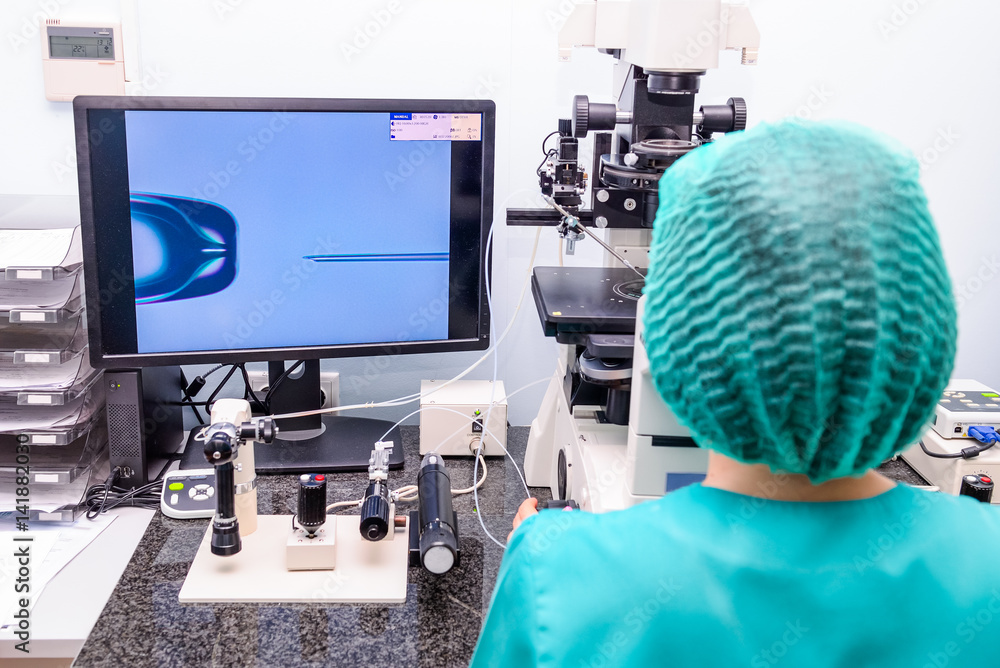
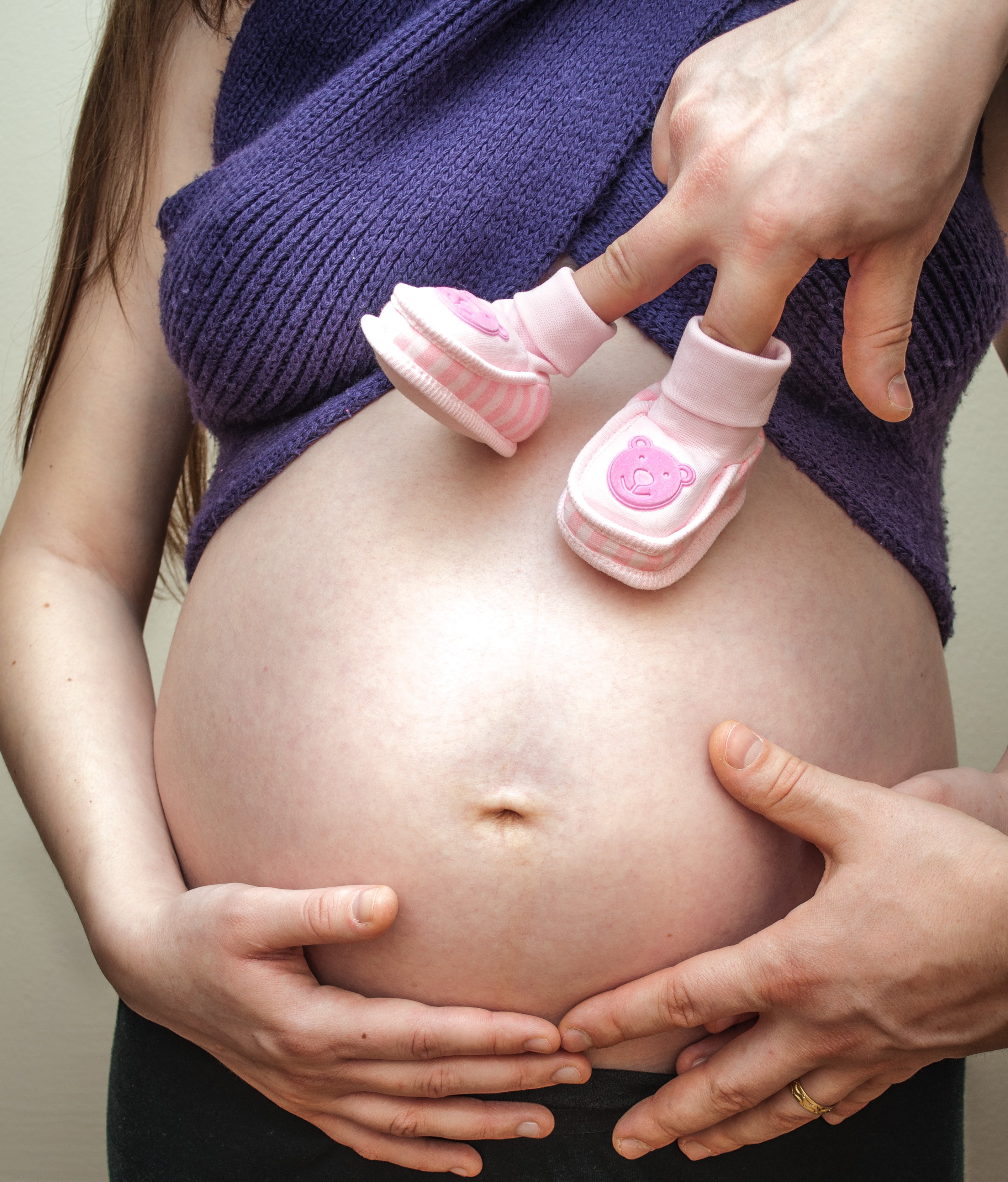




.jpg)
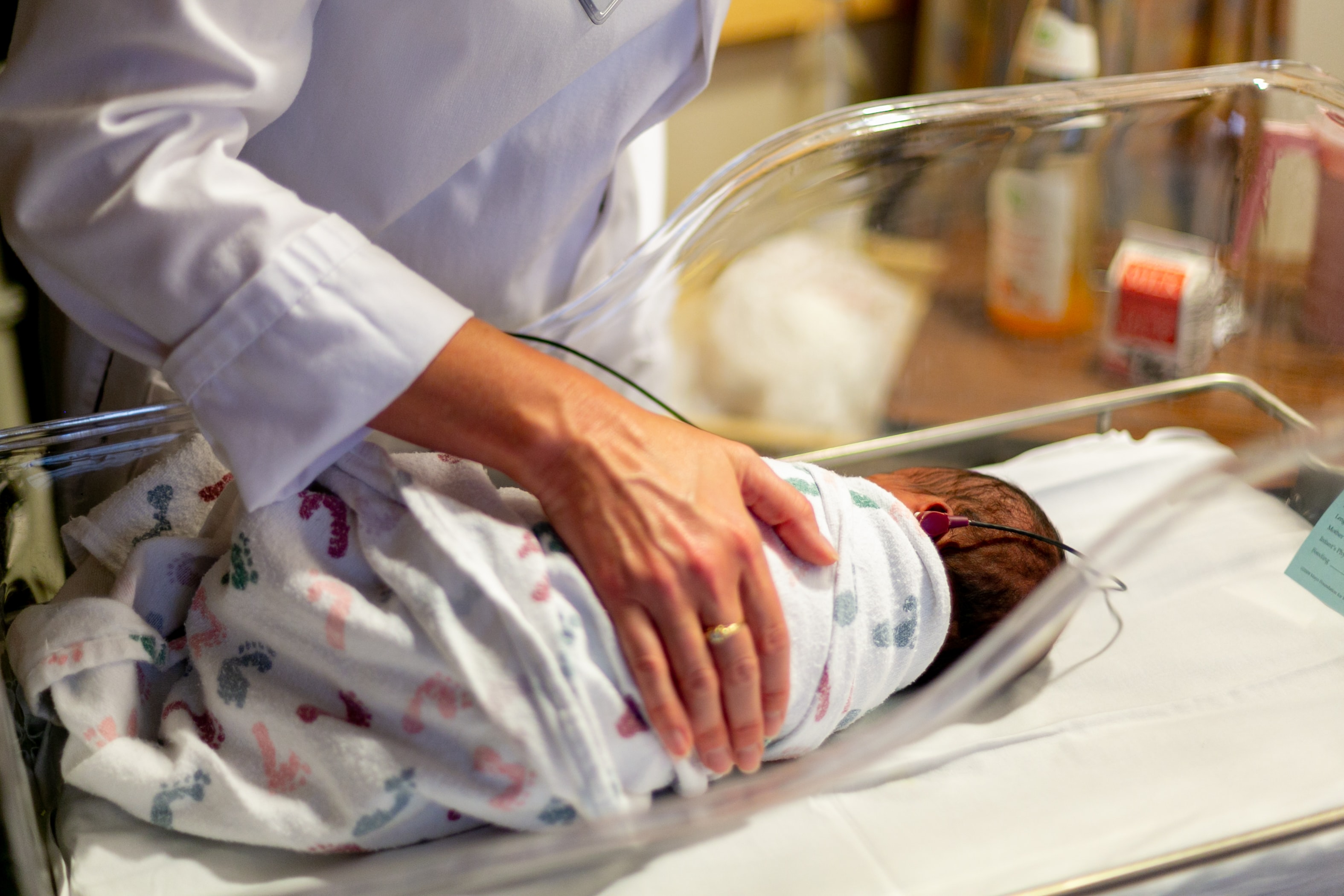
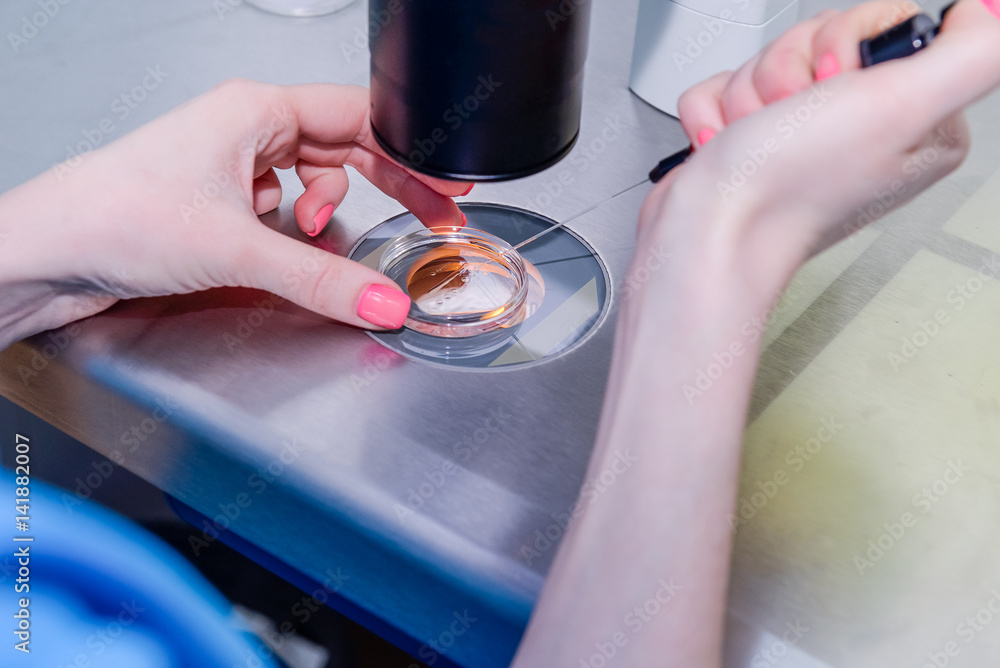



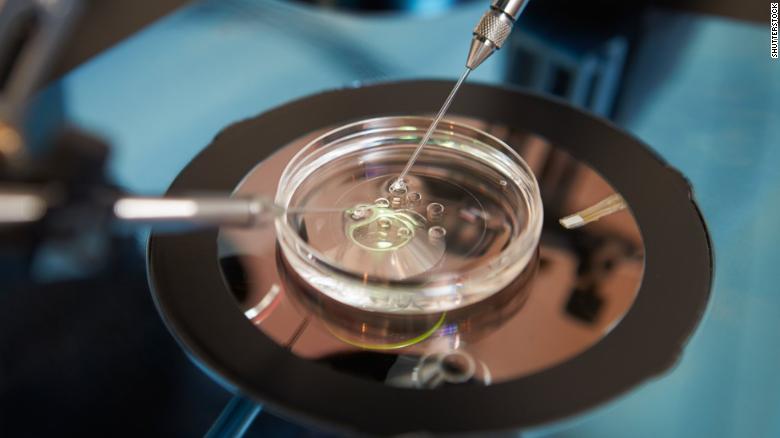
.jpg)

